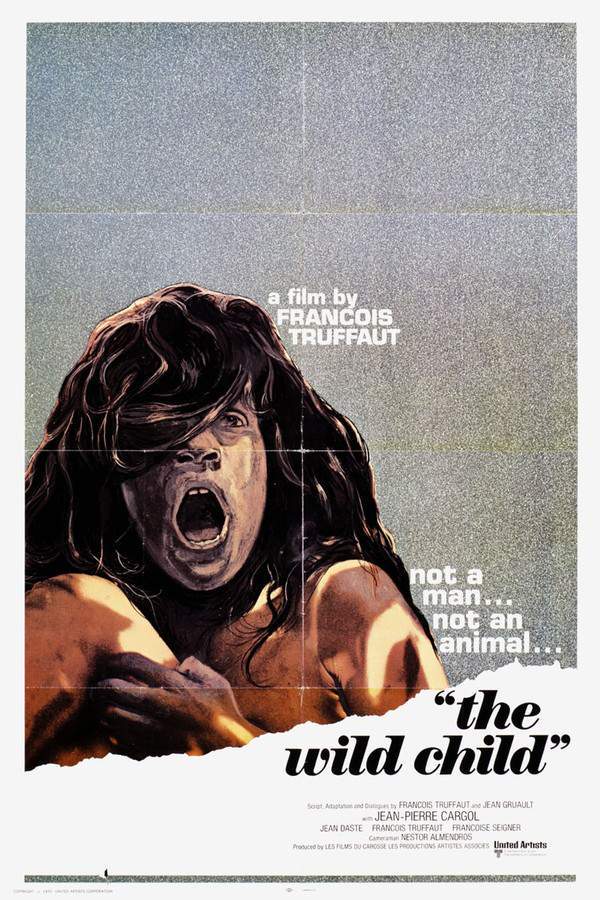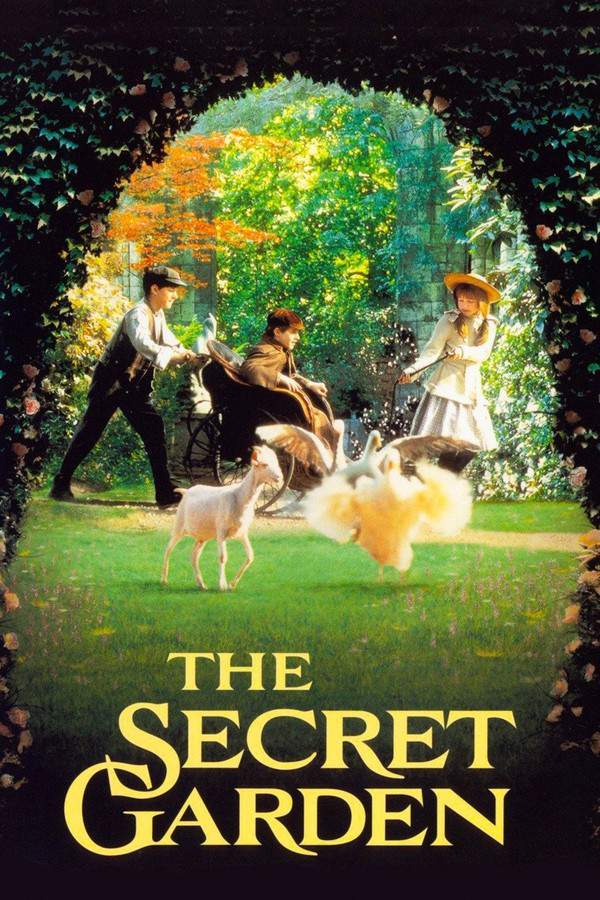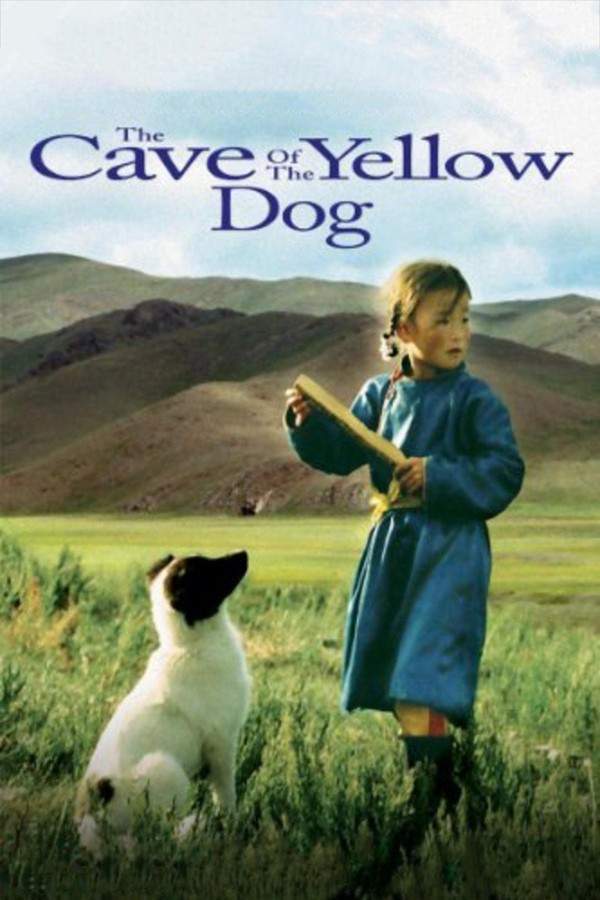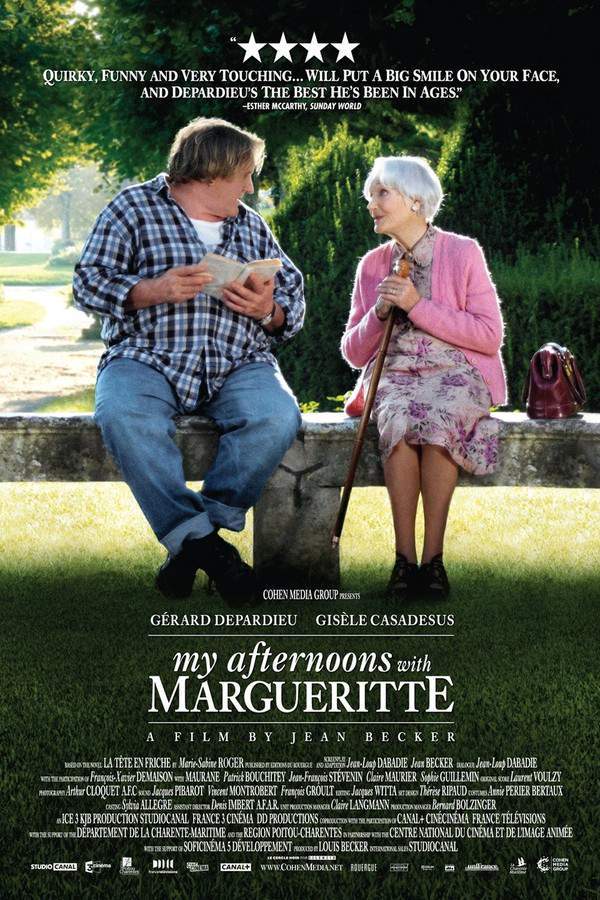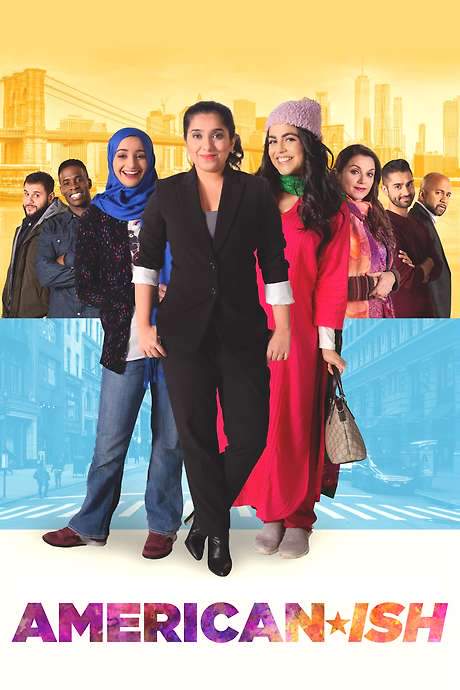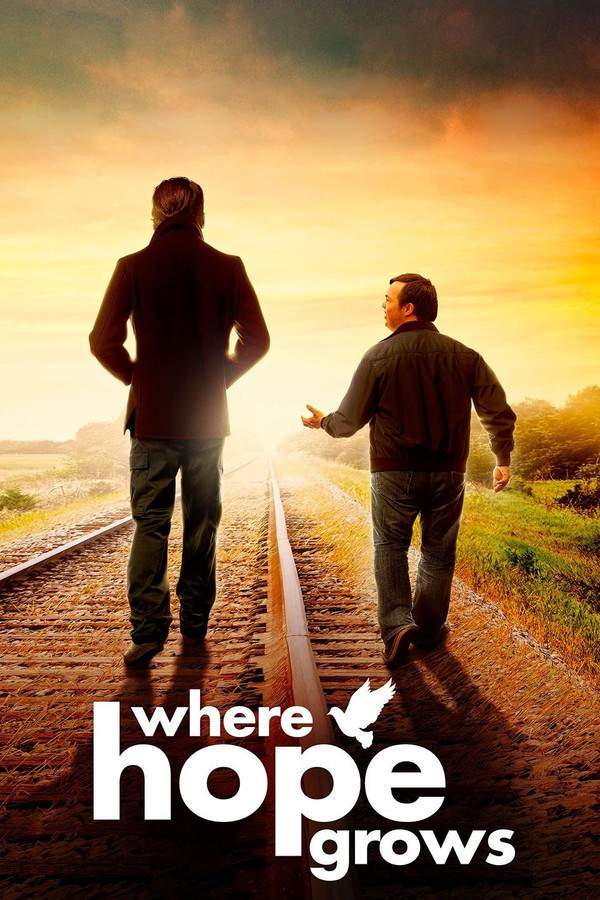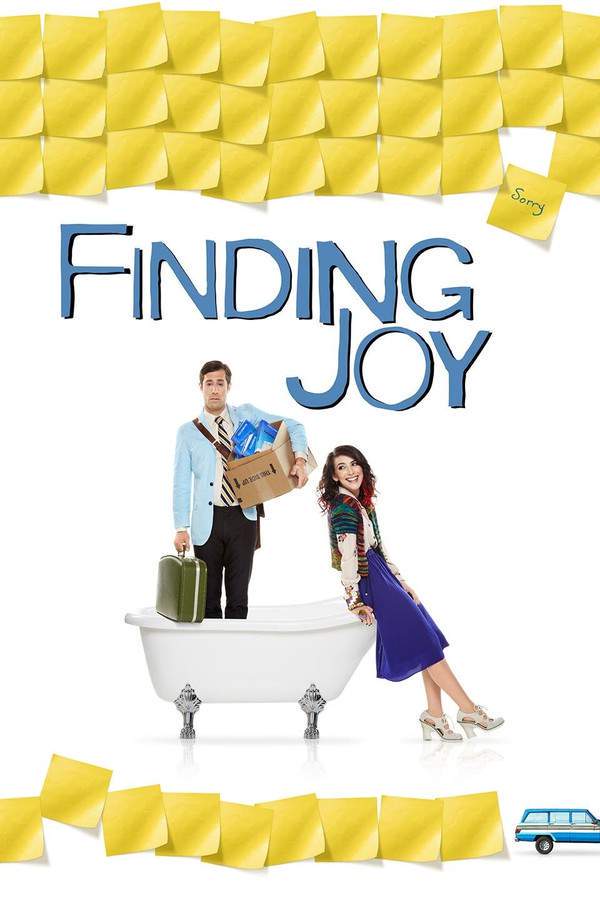
Binta and the Great Idea
Year: 2004
Runtime: 30 mins
Language: French
Director: Javier Fesser
Through Binta’s eyes we glimpse daily life in a Senegalese village, where she shares the rhythms of her community, the vital role education plays for girls, and her father’s inspiring plan to improve the world. Her gentle narration highlights hope, learning and collective responsibility.
Warning: spoilers below!
Haven’t seen Binta and the Great Idea yet? This summary contains major spoilers. Bookmark the page, watch the movie, and come back for the full breakdown. If you're ready, scroll on and relive the story!
Binta and the Great Idea (2004) – Full Plot Summary & Ending Explained
Read the complete plot breakdown of Binta and the Great Idea (2004), including all key story events, major twists, and the ending explained in detail. Discover what really happened—and what it all means.
Binta, a young African girl who serves as the narrator, guides us through a village life that feels both simple and charged with possibility. She recalls her father, a modest fisherman in a tranquil Senegalese hamlet near Bignona, and the moment his world begins to feel newly connected to a much larger one. A friend who recently visited Europe returns with stories of ports crowded with bigger boats, all equipped with sonar that seems to multiply the catch. This friend’s vivid description leaves an impression on the father, who starts to imagine what could be achieved if he could access similar resources and prestige back home. The spark of ambition grows as he contemplates not just wealth, but the tools that might defend it, including a permit for a bigger boat and, as the friend casually notes, even a weapon to safeguard wealth. The friend’s demonstration of a watch with an alarm set for noon becomes a small symbol: a daily ritual that marks time and progress, and a chorus of ideas that echo through the village as Binta listens and learns.
The narrative then shifts to the father’s navigating of local power structures. He climbs through the ranks of government, pitching his “great idea” to different officials, hoping to turn his dreams into policy. The film uses this back-and-forth between Binta’s intimate household observations and the broader political and economic maneuvering to underscore how aspirations for advancement can collide with the realities of governance, tradition, and community life. In parallel, Binta’s cousin Soda becomes a focal point of another struggle—the stubborn belief of a village elder that education for girls is unnecessary. Soda’s longing to go to school is real and earnest, while her father holds a patriarchal view that a girl’s place is in the home, learning to manage family duties rather than pursue formal instruction.
The tension around Soda’s future is brought to life when the village children stage a play at school. Their performance becomes a persuasive appeal, a creative push that shows Soda the value of learning and the doors education can open. The elder is moved by the students’ message and, after careful consideration, he changes his stance. Soda is granted access to schooling, and the community witnesses a quiet shift in what is possible when young voices are heard and supported by practical demonstrations of progress.
As the story threads converge, a pivotal moment of revelation arrives when Binta’s father finally meets with the provincial leader. The nature of his “great idea” is laid bare: his plan is not merely about economic gain or modernization, but about global responsibility. He proposes adopting a tubab, a white child, preferably one who is weaned, to teach him or her qualities that Western industrialized society has largely lost. The aim is to foster sharing, solidarity, and a sustainable approach to resources—values that the father believes could inspire a better, more cooperative world if carried back to his own homeland.
Throughout the film, the voices of a child narrator and the intimate family dynamics illuminate a larger conversation about how communities respond to the lure of external progress. The gentle rhythms of village life are constantly tested by conversations about boats, permits, wealth, and defense, while the personal stories of Soda and her father introduce questions about gender, education, and the kinds of legacies a society chooses to pass along to its children. In the end, the film remains thoughtful and steady, presenting a nuanced portrait of ambition, tradition, and the hopeful possibility that education and solidarity can coexist with development and worldly ambition.
“What happens at noon?”
“Why, the alarm rings!”
Note: This summary reflects the film’s themes and plot as described, presented in a longer, reader-friendly form.
Last Updated: October 09, 2025 at 15:19
Explore Movie Threads
Discover curated groups of movies connected by mood, themes, and story style. Browse collections built around emotion, atmosphere, and narrative focus to easily find films that match what you feel like watching right now.
Movies with a child's perspective like Binta and the Great Idea
Intimate films where a young narrator shares the rhythms of their world.For viewers who enjoyed the intimate viewpoint of Binta and the Great Idea, this collection features movies like it that use a child's narration. These similar stories explore family, community, and learning through the gentle, optimistic lens of a young protagonist.
Narrative Summary
Stories in this thread typically unfold as a series of vignettes or a gentle arc, guided by a child's narration. The journey is less about high-stakes conflict and more about understanding the world, learning lessons from adults, and appreciating the small details of daily life that build a larger picture of community and belonging.
Why These Movies?
Movies are grouped here because they share a specific narrative voice: the intimate, often hopeful perspective of a child. They create a similar viewing experience of gentle discovery, prioritizing emotional sincerity and thoughtful observation over dramatic tension, making them feel cohesive and comforting.
Movies about hopeful community change like Binta and the Great Idea
Stories where small, sincere actions inspire positive evolution within a community.If you liked the theme of social progress in Binta and the Great Idea, this list includes movies with a similar vibe. Discover other hopeful dramas and family stories where communities work together for positive change, education, and a better future.
Narrative Summary
The narrative pattern follows a catalyst—often an individual or a small group—who proposes an idea to improve their community. The story then explores the gradual process of persuasion, collaboration, and implementation, culminating in a positive resolution that reaffirms the power of hope and shared values.
Why These Movies?
These films are connected by a core thematic focus on positive social evolution and a consistently hopeful tone. They share a medium emotional weight, balancing serious issues with an optimistic outlook, and often feature a slow, steady pacing that reflects the realistic, gradual nature of change.
Unlock the Full Story of Binta and the Great Idea
Don't stop at just watching — explore Binta and the Great Idea in full detail. From the complete plot summary and scene-by-scene timeline to character breakdowns, thematic analysis, and a deep dive into the ending — every page helps you truly understand what Binta and the Great Idea is all about. Plus, discover what's next after the movie.
Binta and the Great Idea Timeline
Track the full timeline of Binta and the Great Idea with every major event arranged chronologically. Perfect for decoding non-linear storytelling, flashbacks, or parallel narratives with a clear scene-by-scene breakdown.

Characters, Settings & Themes in Binta and the Great Idea
Discover the characters, locations, and core themes that shape Binta and the Great Idea. Get insights into symbolic elements, setting significance, and deeper narrative meaning — ideal for thematic analysis and movie breakdowns.

Binta and the Great Idea Spoiler-Free Summary
Get a quick, spoiler-free overview of Binta and the Great Idea that covers the main plot points and key details without revealing any major twists or spoilers. Perfect for those who want to know what to expect before diving in.

More About Binta and the Great Idea
Visit What's After the Movie to explore more about Binta and the Great Idea: box office results, cast and crew info, production details, post-credit scenes, and external links — all in one place for movie fans and researchers.


